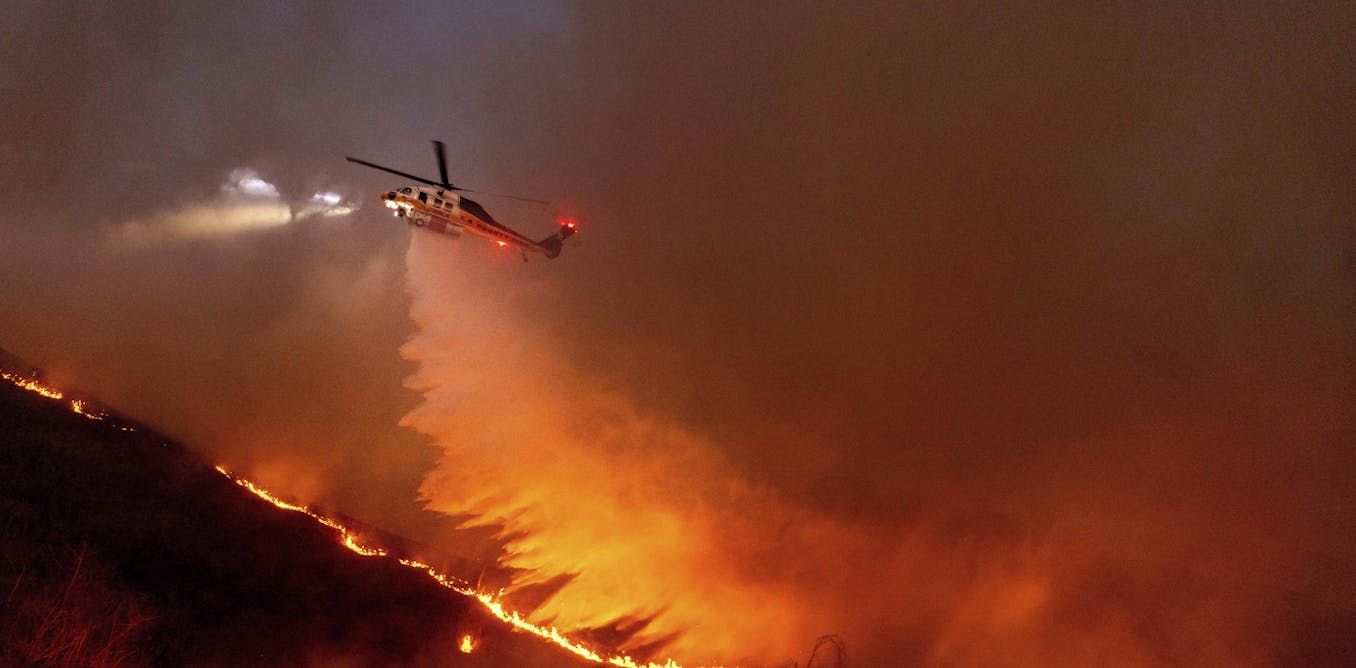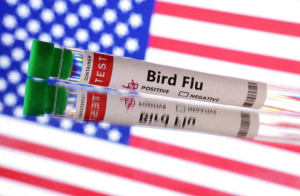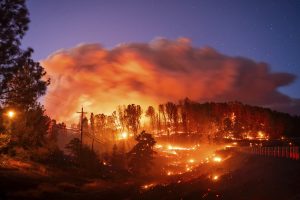United States: In recent days, the world has been gripped by the devastating spectacle of wildfires ravaging vast swathes of Los Angeles. While the most visible aftermath includes charred landscapes, obliterated homes, and crippled enterprises, the full spectrum of consequences delves deeper into human well-being.
Direct and Indirect Health Repercussions
Wildfires are inherently catastrophic, claiming lives and leaving physical scars. The current inferno has tragically claimed at least 24 lives, but the broader ramifications extend into more insidious territories. Fires of this magnitude instigate not only physical injuries but also a cascade of health crises through indirect pathways, notably by amplifying the incidence and dissemination of infections, as reported by theconversation.com.
#Wildfires ignite infection risks, weaken body’s immune defences and spread disease with the smoke, say experts.#LosAngelesFire https://t.co/RYEdW6cKvd
— National Herald (@NH_India) January 17, 2025
Immunological Disturbances from Fire Exposure
While the immediate threats of burns and smoke inhalation are widely acknowledged, the prolonged impacts on the immune system remain less understood. Both acute injuries and smoke exposure induce profound immunological upheavals, leaving individuals susceptible to infections both shortly after exposure and in the long term.
Severe burns trigger immune system dysregulation, where certain components become hyperactive, provoking excessive inflammation that can culminate in sepsis or organ failure. Simultaneously, other immune responses are diminished, impairing the body’s ability to fend off pathogens. Empirical data suggests that survivors of major burns exhibit heightened vulnerability to respiratory illnesses like influenza and pneumonia for up to five years post-injury.
Wildfire smoke, a toxic amalgam of particulate matter, volatile organic compounds, ozone, and viable microorganisms, exacerbates airway inflammation. This inflammation, in turn, predisposes individuals to respiratory ailments such as asthma and heightened infection risks. For instance, after Australia’s Black Summer (2019–20), elevated COVID-19 infections were reported in regions affected by bushfire smoke weeks prior, according to the reports by theconversation.com.
Airborne Microbial Hitchhikers
The smoke plumes billowing from wildfires act as conduits for microorganisms, relocating them from their natural reservoirs in soil and flora into urbanized zones. Recent studies in Utah’s wildfire-impacted regions reveal that bacterial and fungal spores can attach themselves to smoke particles, traveling vast distances. Remarkably, these microbes often retain viability long enough to colonize new environments upon settling.
The scale of microbial dispersal remains under scrutiny, but fungi associated with wildfire smoke have been detected hundreds of miles from their origin weeks after the fires abate.
Pathogenic Consequences of Microbial Dissemination
A subset of these airborne microorganisms poses direct threats to human health. Notably, soil-dwelling fungi such as Coccidioides immitis and Coccidioides posadasii—the causative agents of valley fever—become aerosolized in wildfire smoke. Valley fever manifests as a pulmonary infection with symptoms akin to influenza, predominantly afflicting the arid regions of the western United States.
Research among California’s wildland firefighters has revealed heightened rates of valley fever, prompting occupational health advisories advocating respiratory protection in endemic zones. Population-wide studies similarly indicate a correlation between wildfire smoke exposure and increased hospitalizations for valley fever, though findings vary in magnitude across different settings, as reports by theconversation.com revealed.
Navigating the Uncertainties
The interplay between wildfires and infectious diseases necessitates further exploration to elucidate the magnitude, persistence, and mechanisms of these risks. Post-disaster congregations, such as overcrowded evacuation shelters, amplify the transmission potential of infections, a trend observed in numerous prior calamities.
To mitigate these emerging threats, public health strategies must integrate infection prevention measures—such as distributing high-quality respiratory masks—and establish robust surveillance systems for early outbreak detection and containment.
Wildfires, often viewed as natural disasters confined to the immediate devastation they leave in their wake, harbor a much broader spectrum of implications for human health. Recognizing and addressing these indirect consequences is imperative for holistic disaster response and community resilience.







Be First to Comment